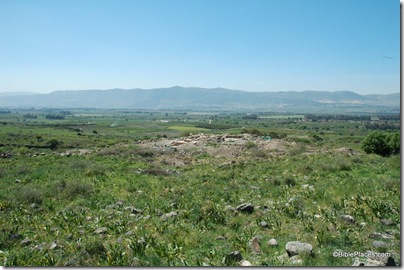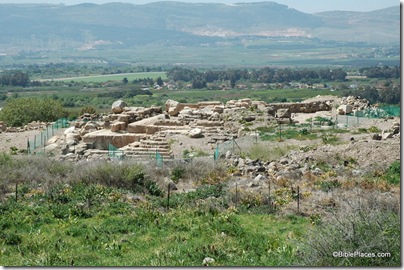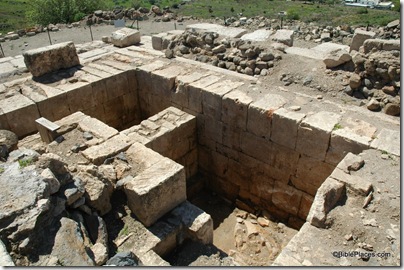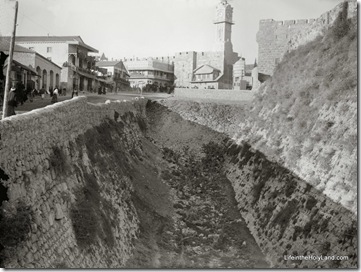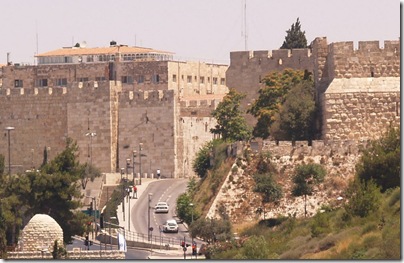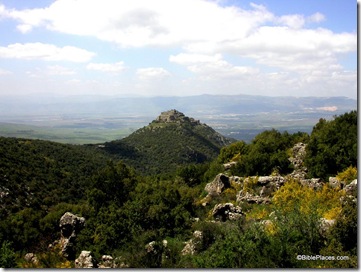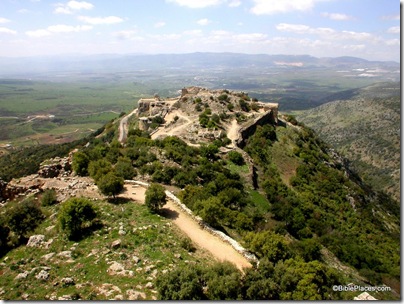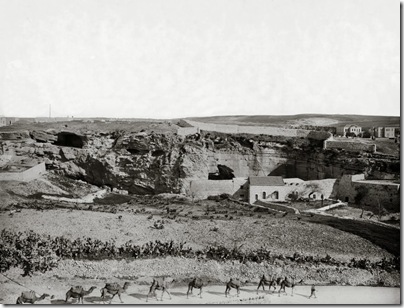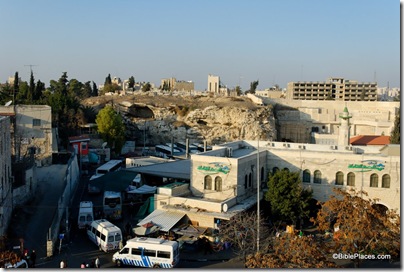King Herod built four temples throughout his empire, but the location of one is still being discussed.
Recent archaeological work at Omrit near Caesarea Philippi (Banias) has led the excavators to suggest that they have found Herod’s temple to Augustus. Stephen G. Rosenberg reports on the discoveries in the Jerusalem Post.
This white stone building at Omrit stands in the middle of nowhere today, but this was not so in antiquity. Recent excavations have shown that it stood alongside the Roman road from Tyre to Damascus, where it was joined by the route from Scythopolis (Beit-She’an) to Damascus. The temple stood high above the road and was joined to it by an avenue of columns that led to a bridge across the wadi Al-Hazin, which the road followed.
[…]
Herod built three temples in honor of his patron Augustus. One stood at Sebastia (Samaria) and a second one at Caesarea. Where was the third? Some archeologists think it was at Banias itself, but that city was dedicated to the god Pan.
Andrew Overman of Macalester College in the US thinks the temple was at Omrit. Overman has been digging at the site for nearly 10 years and sees in the remains all the unique characteristics and high quality of Herod’s methods of building. Like the other two temples, Omrit was approached by a grand flight of stairs that led to a portico of six columns and onto the cella, or enclosed shrine, which would have housed a statue of Augustus, as the Romans considered him a god. It is perhaps significant that the temple faced west, toward Rome and the emperor, and in front of the temple there was a paved area with an altar that would have been used for libations in his honor.
The high quality of the stonework, laid in headers and stretchers without mortar, and the finely carved capitals all point to the work of Herod the Great. So does the concept itself, of an isolated temple standing impressively on a high podium on a prominent ridge to make it visible and even overpowering from afar.
The whole article is worth reading.
As mentioned here last week, Dan Schowalter will be giving a lecture entitled “Architecture and Power: Excavations of a Roman Temple Site at Omrit in Northern Israel” at the Bible and Archaeology Fest.
HT: Joe Lauer
